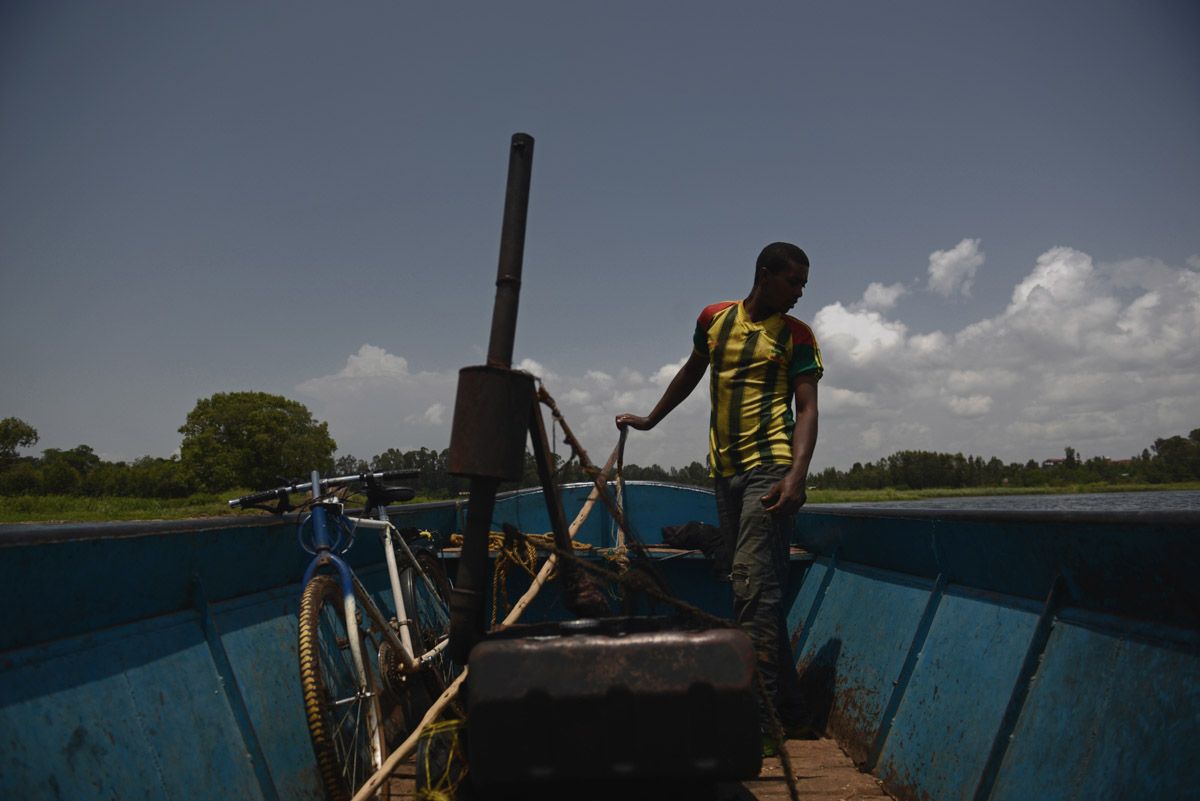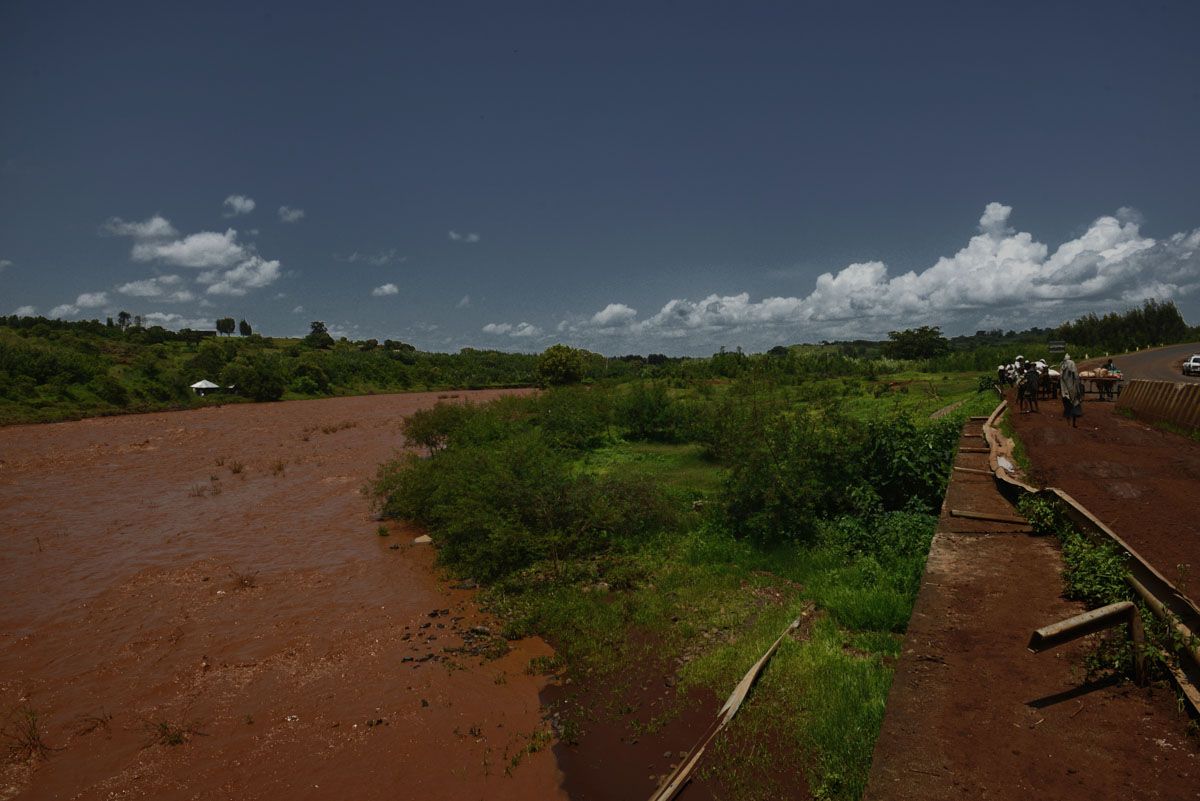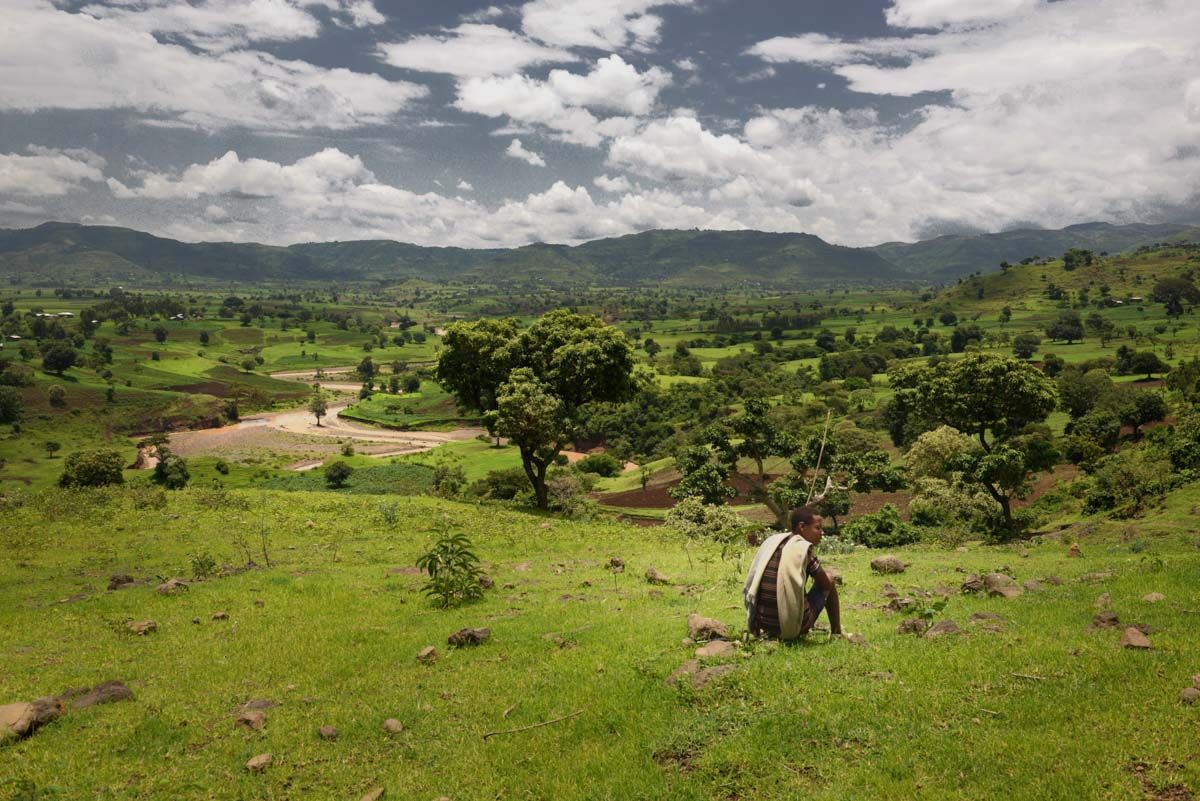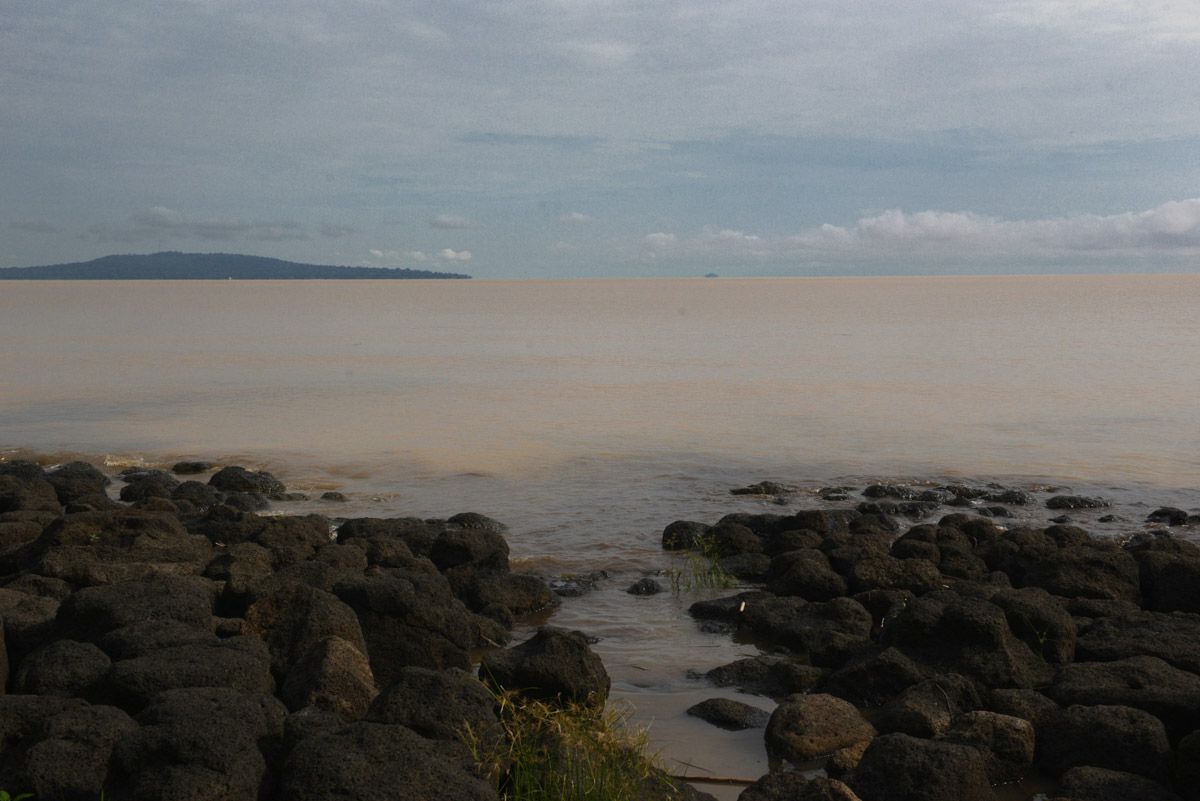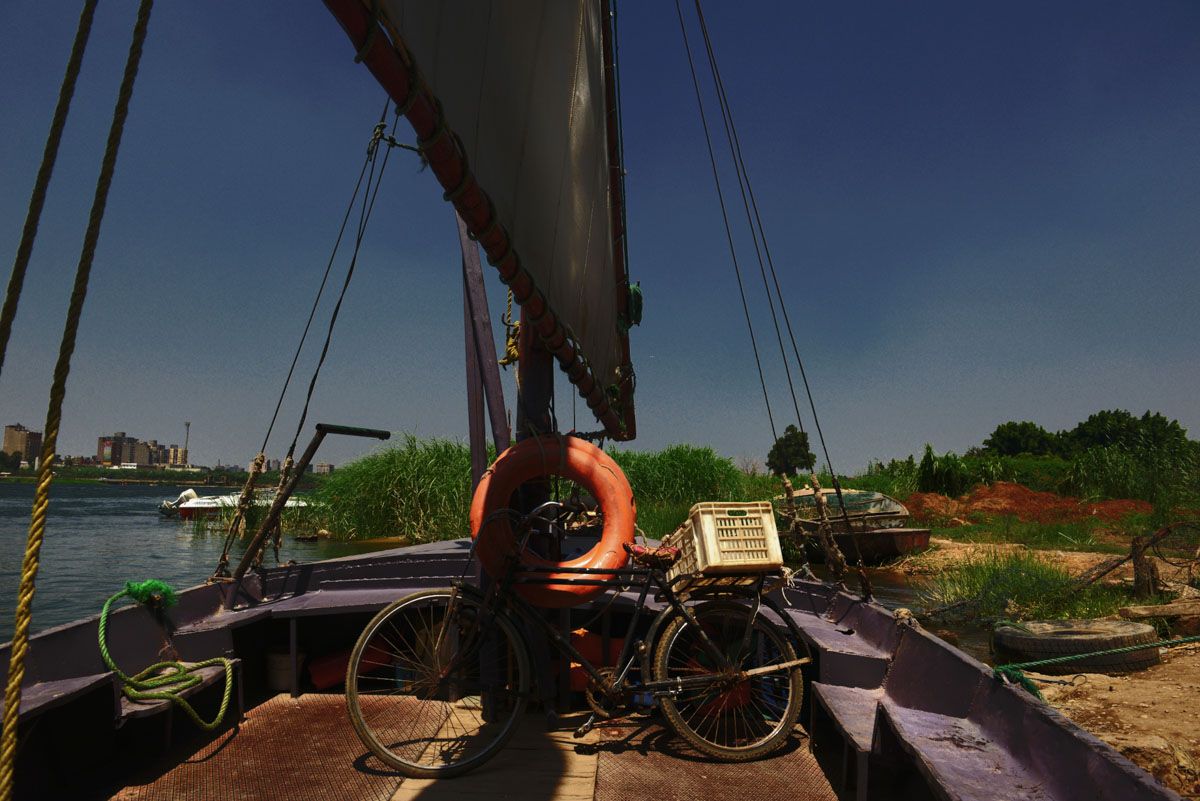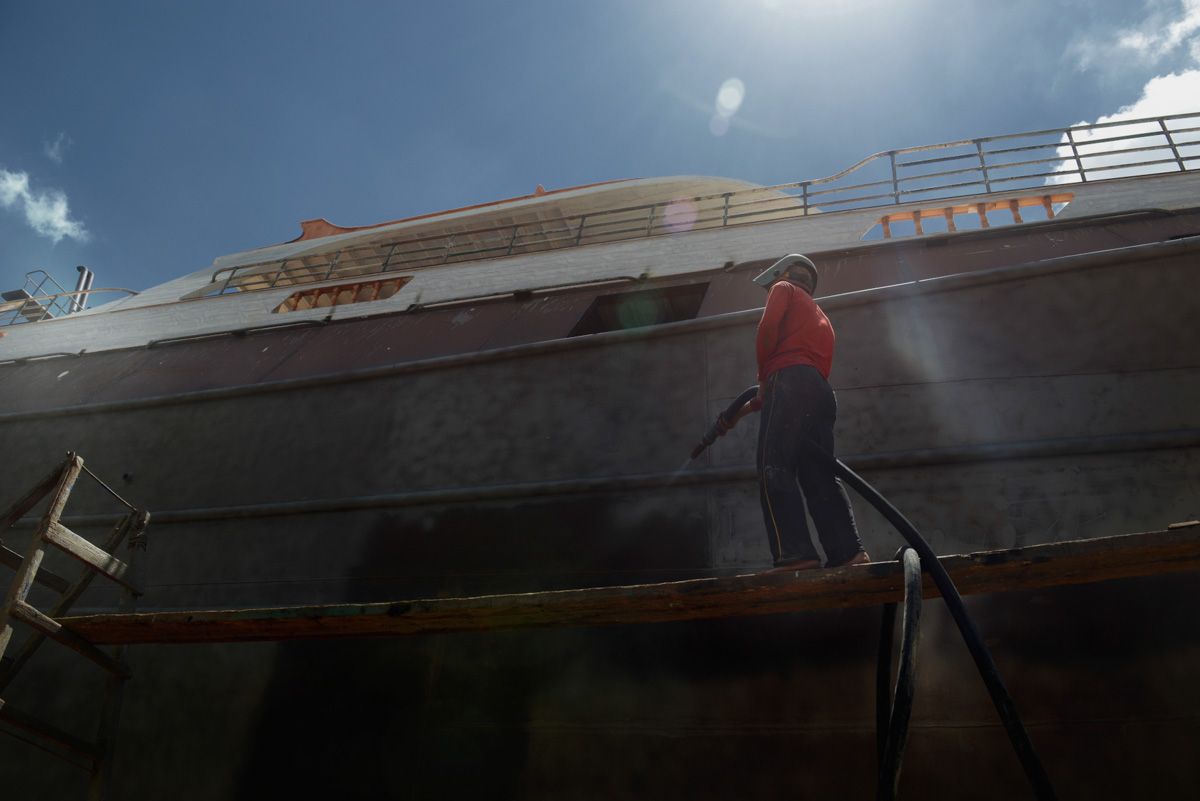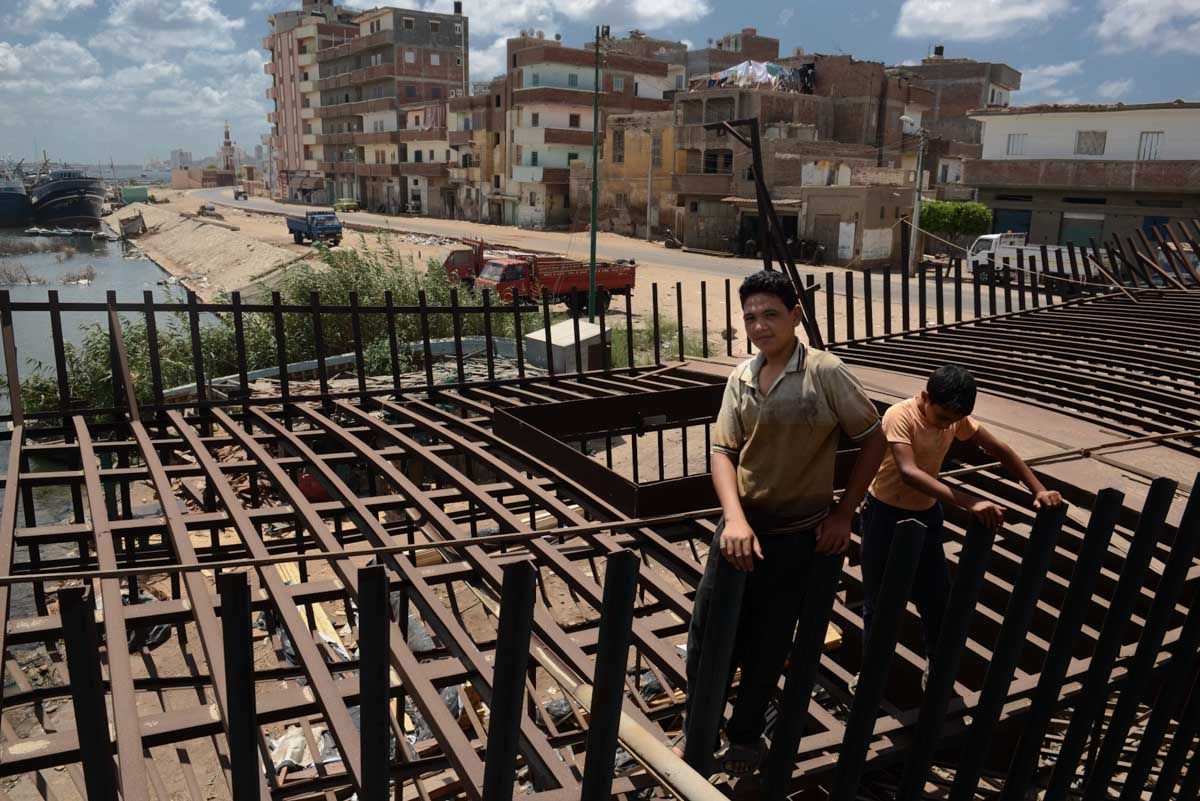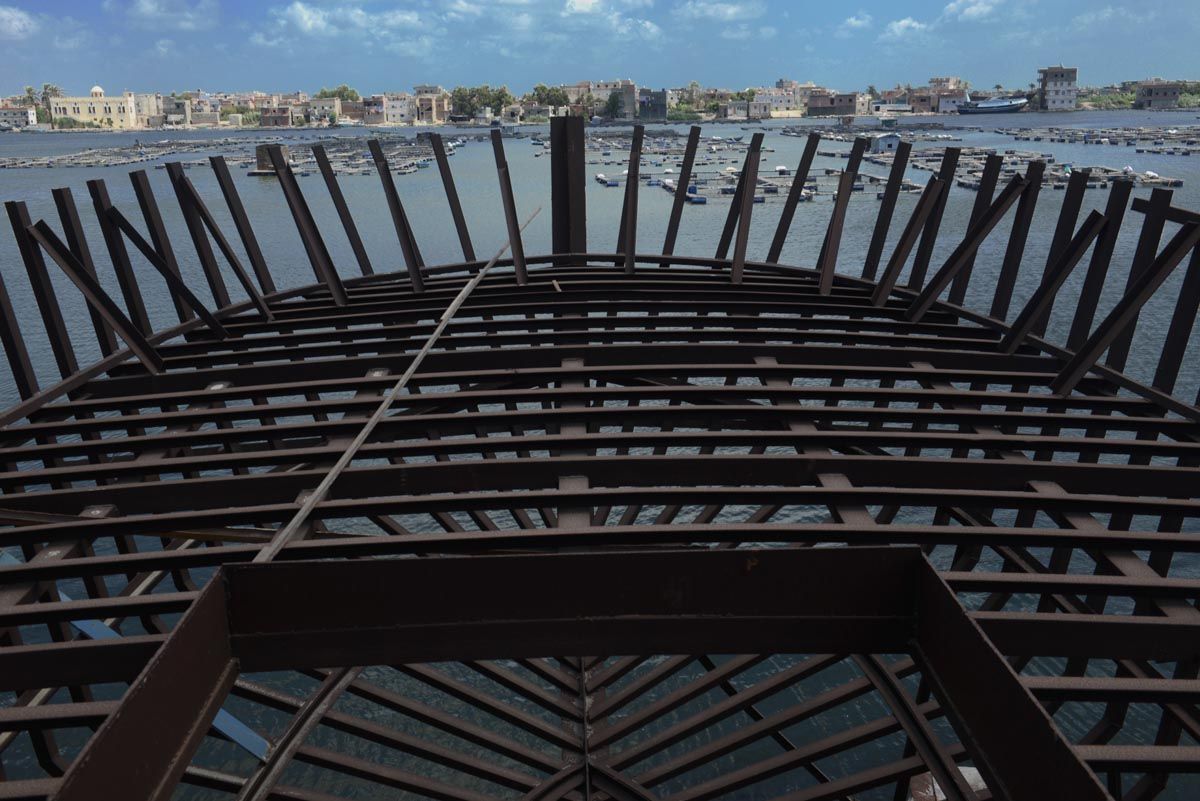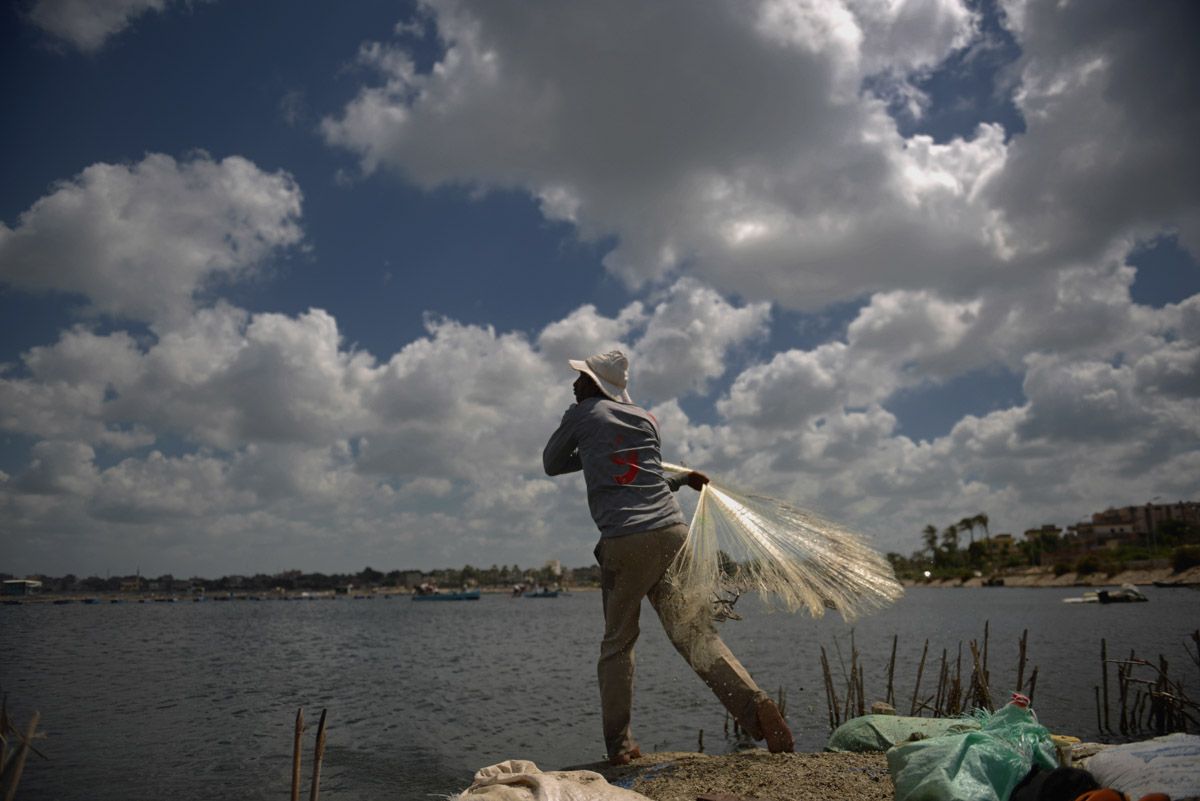December 22, 2015 | Pulitzer Center
By
Jonathan Rashad
Seeking to build a comprehensive image about the health of one of the world's greatest waterways, Peter Schwartzstein, Leyland Cecco, and Jonathan Rashad traveled from Ethiopia's Lake Tana, the White Nile in Sudan, all the way to the Nile Delta in Egypt, where the Nile empties into the Mediterranean Sea.


